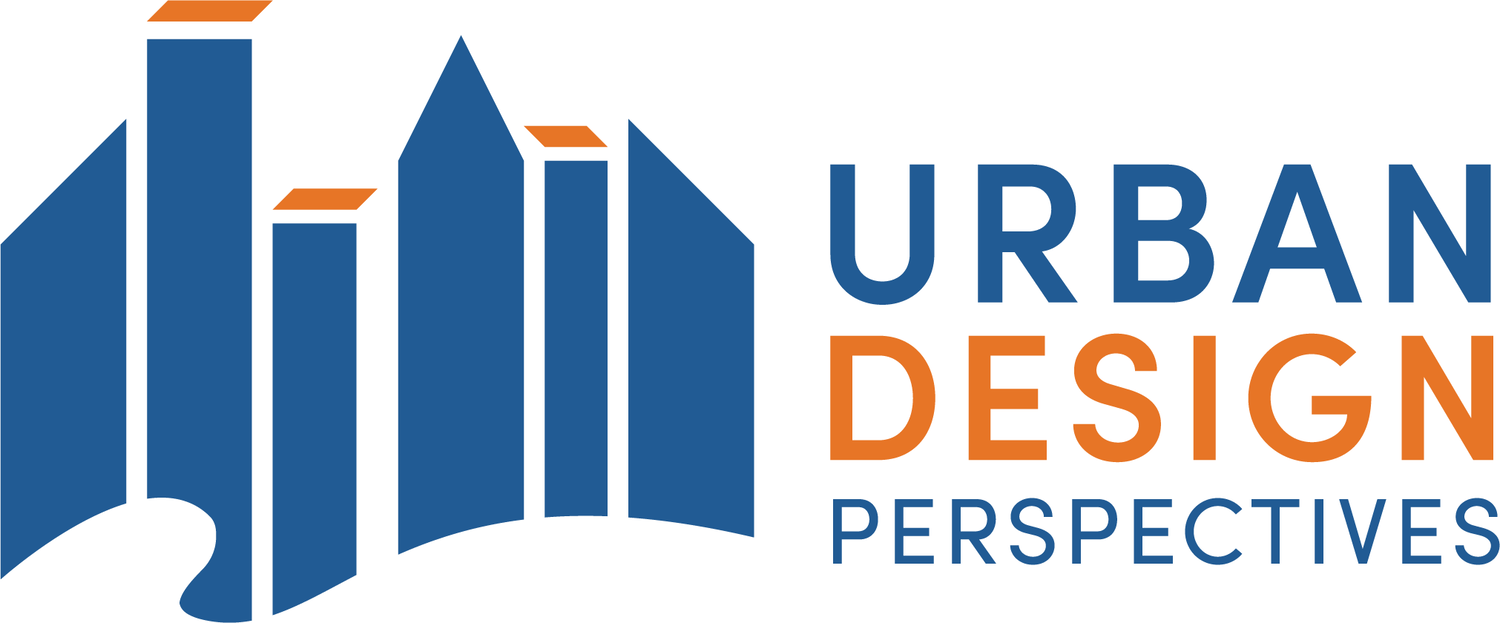Sustainability: Environment, Economy and Equity
Sustainability: Environment, Economy and Equity
AIA 2030 Design Data Exchange
I recently had a chance to be part of a beautiful welcoming home ceremony. As a board member for the Twin Cities Habitat for Humanity (TCHFH), it is tradition to celebrate with families as they embark on this path of home ownership. Family members, staff and volunteers gather to see the efforts of all their hard work, and offer words of blessings. Witnessing the joy on the new homeowner’s face was priceless! After the formal program, I presented a special gift basket of products, books and goodies from African American women entrepreneurs representing authors, app developers, publishers and doctors. A special thanks to these “Fearless Commerce” women for their gifts of wisdom and inspiration! It is this same spirit of having a dream fulfilled for TCHFH families. Most of these families are predominantly families of color who are changing their trajectory toward stability and wealth creation for the next generation.
So what does this have to do with sustainability? Merriam-Webster defines sustainability as capable of being sustained. In terms of development, the Brundtland Commission defines sustainability as “meeting the needs of the present without compromising the ability of future generations to meet their own needs.” It contains two key concepts:
The concept of “needs”, in particular the essential needs of the world’s poor, to which overriding priority should be given; and
The idea of limitations imposed by the state of technology and social organization on the environment’s ability to meet present and future needs.”
As we have been pursuing our 2030 Commitment, our view on sustainability has broadened beyond just the built environmental. We are also thinking about the long term economic impact for our clients and community as well as how we go about doing our work in an equitable manner. Simply put, it is a mindset of serving and thinking of others.
My volunteer and work worlds are colliding. That’s a great thing because what I am learning is that I can use what I have and it is enough. For me, this is the essence of sustainability. Changing how we think about sustainability creates a new path for how we think about design. UDP completed our first submission to the AIA 2030 Design Data Exchange and will use this tool to influence projects going forward. It is a design process focused on using the resources we have without having these resources run out…a path capable of being sustained for the planet and its people.
Pressing Toward Sustainability,
Alicia Belton, AIA, NOMA, Principal

